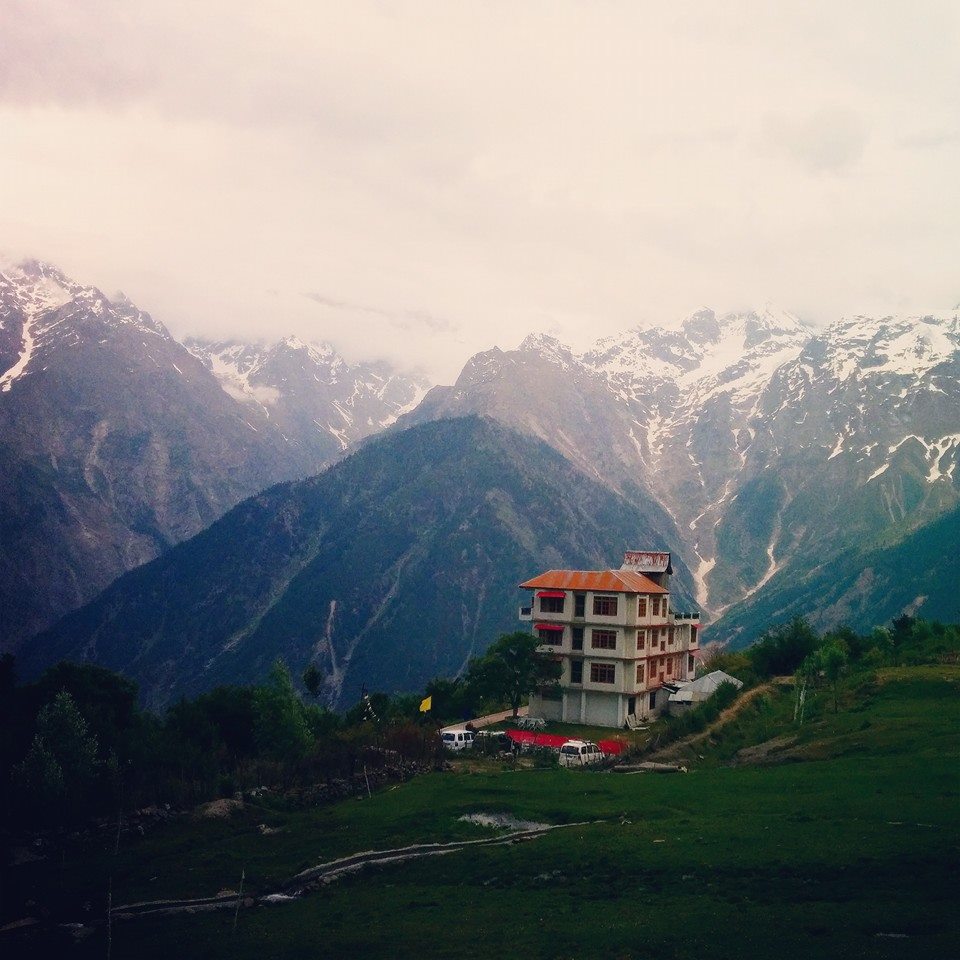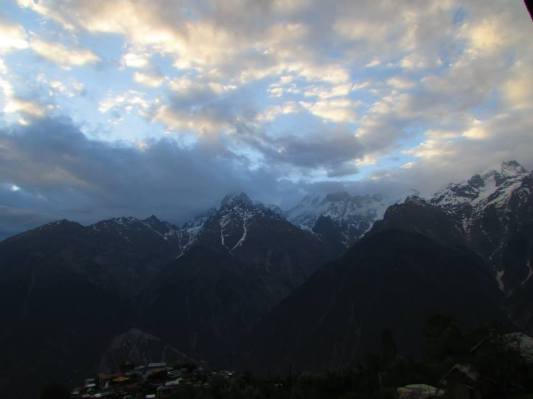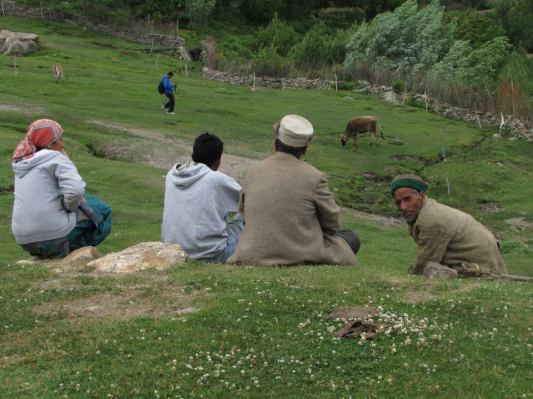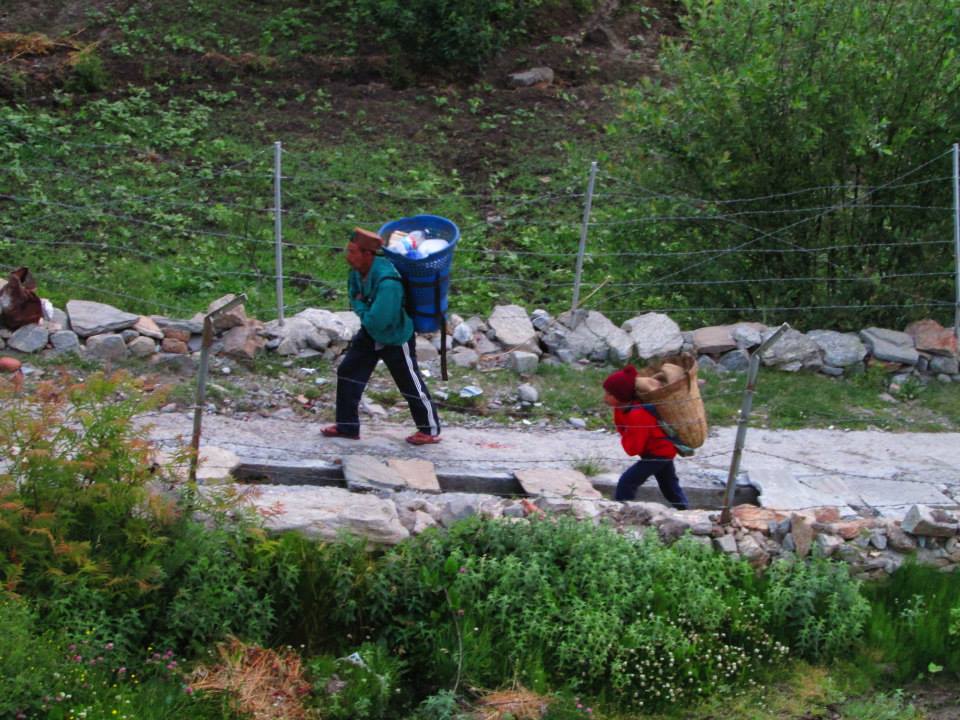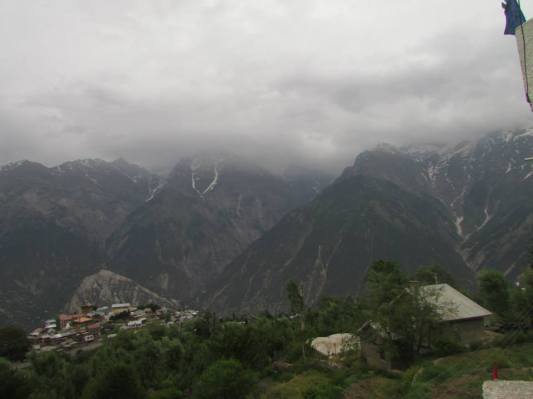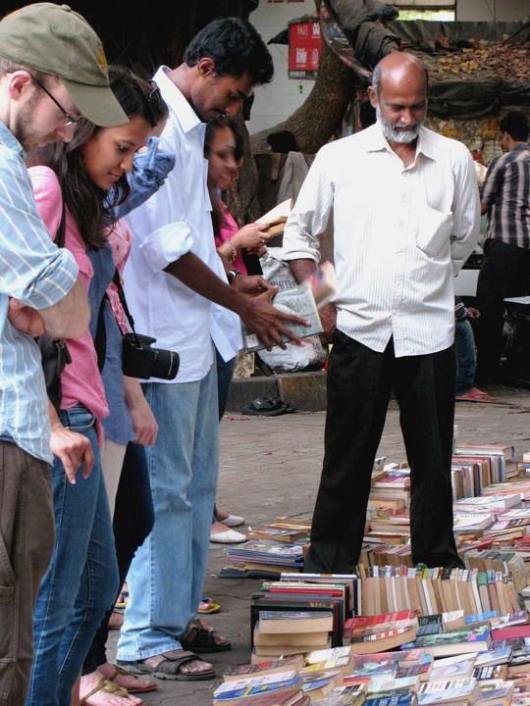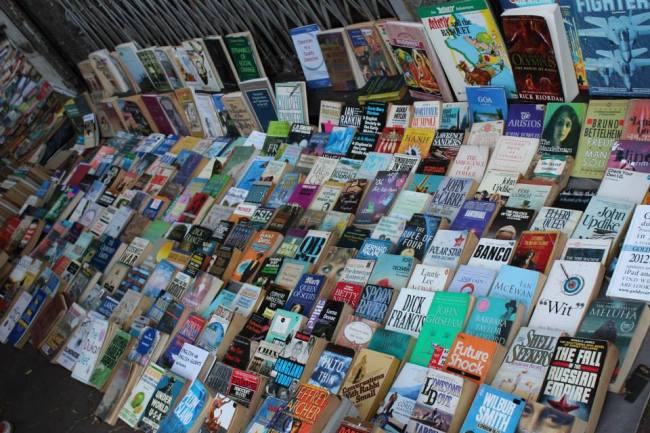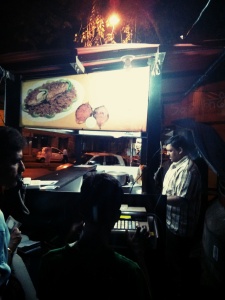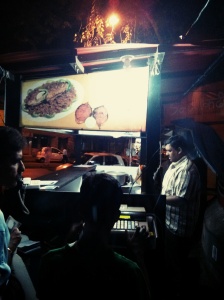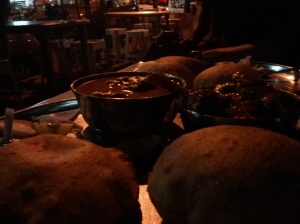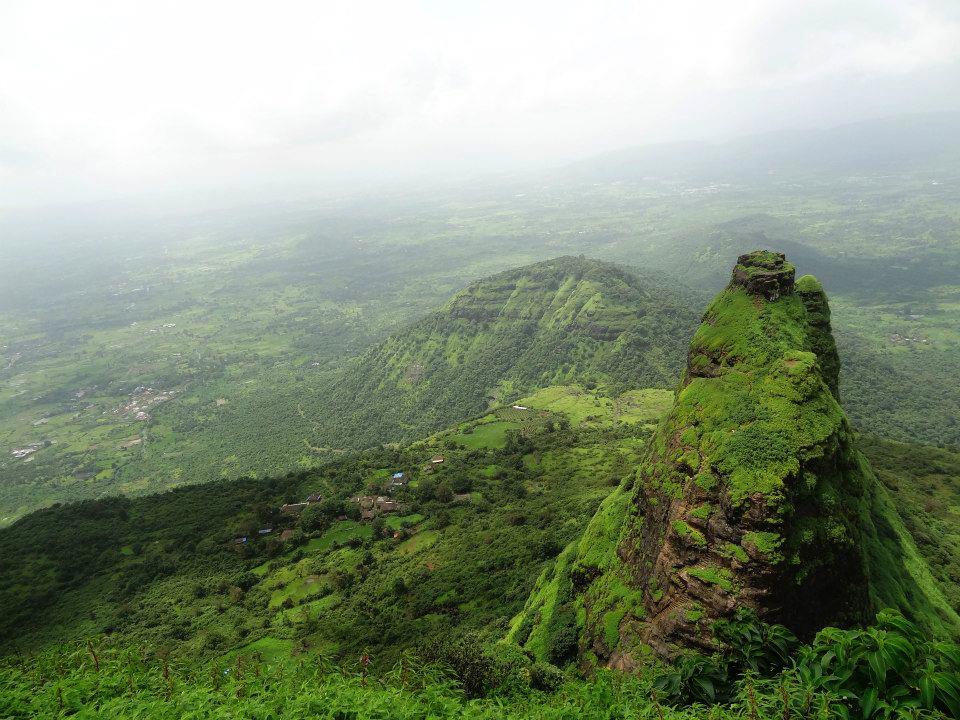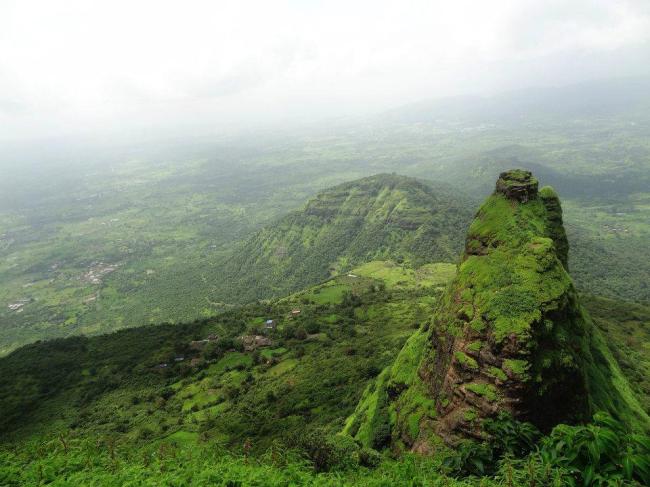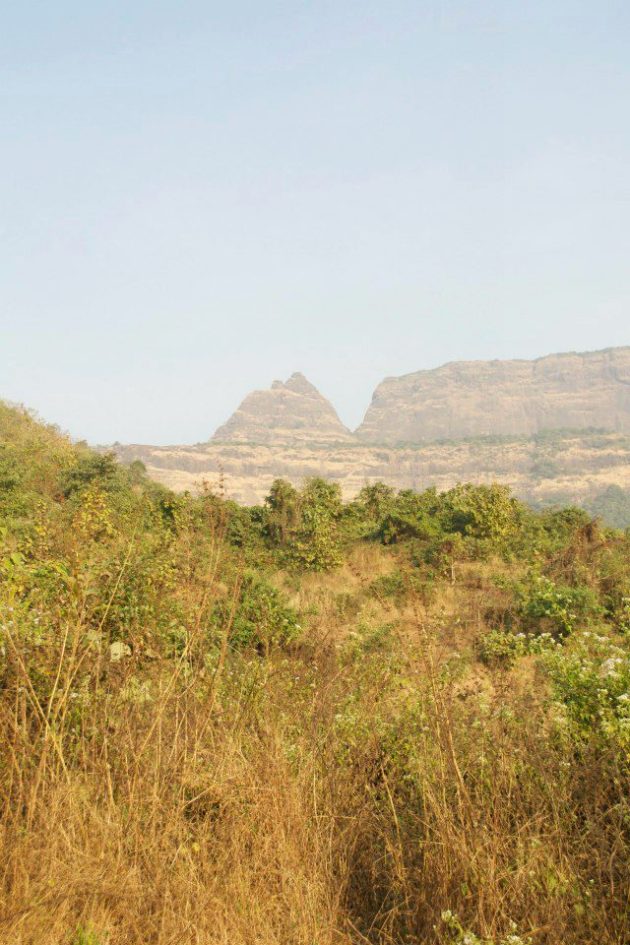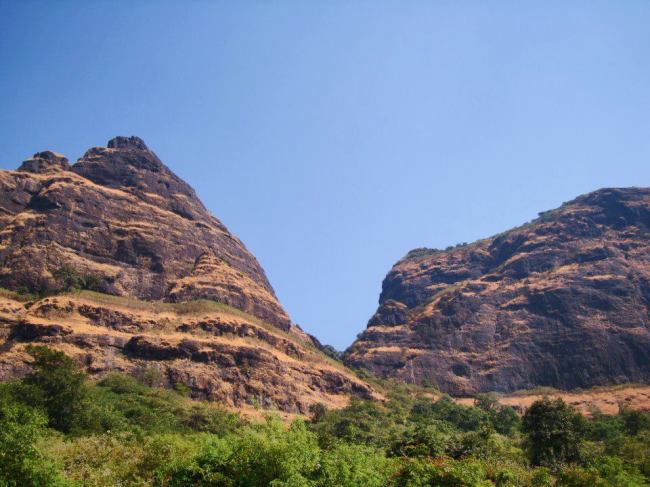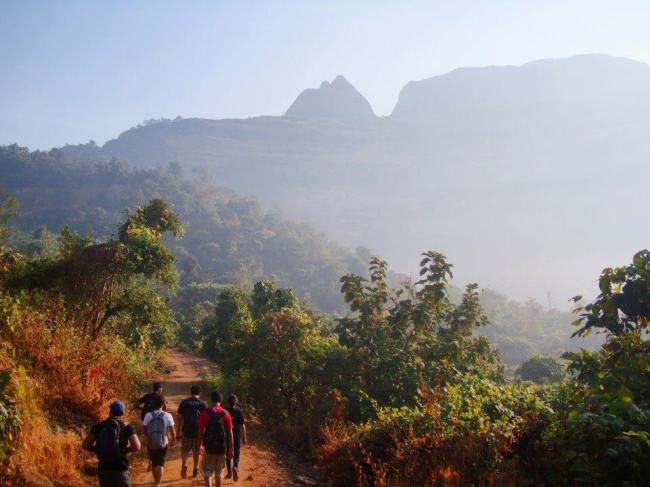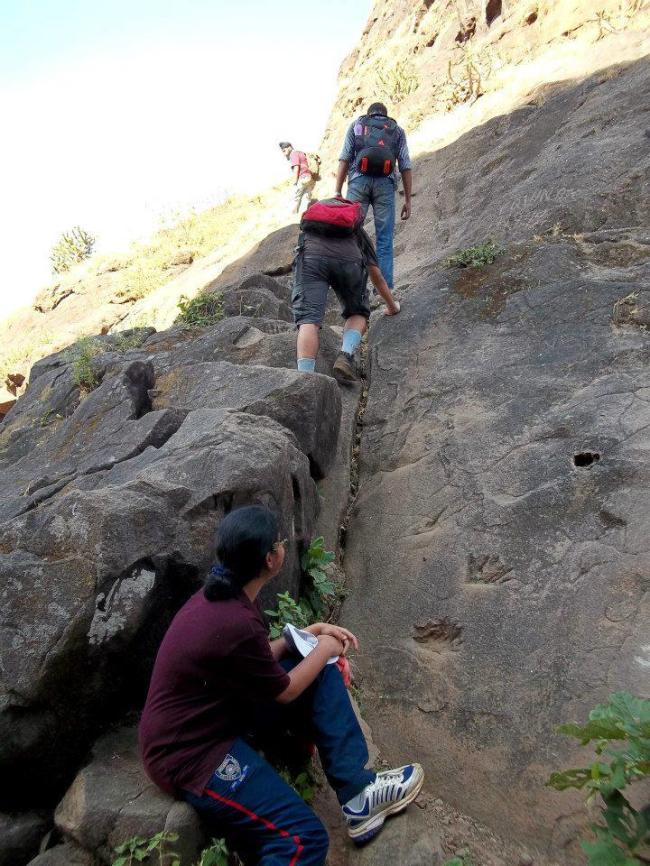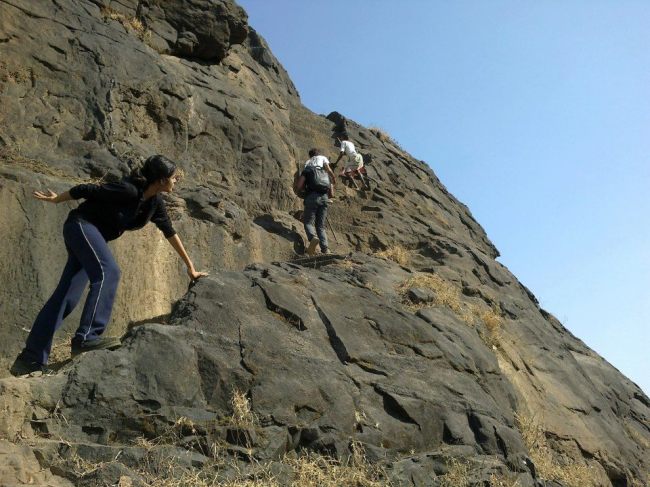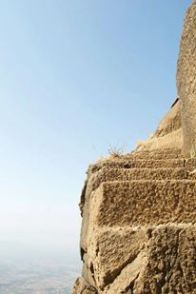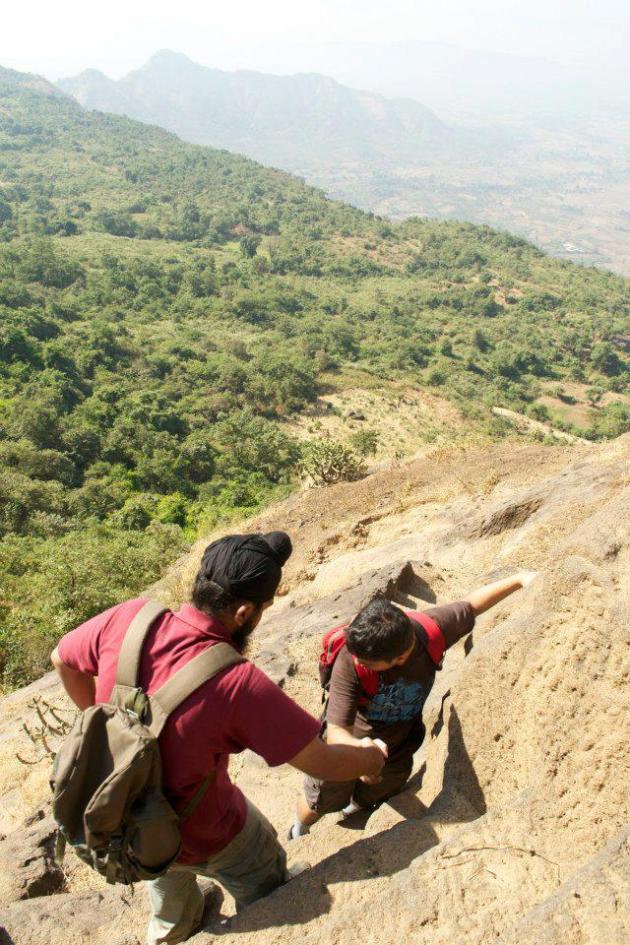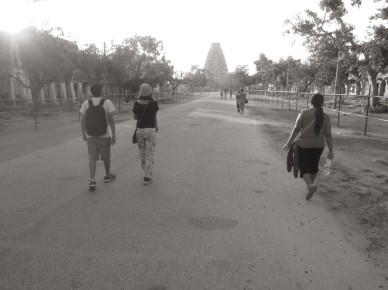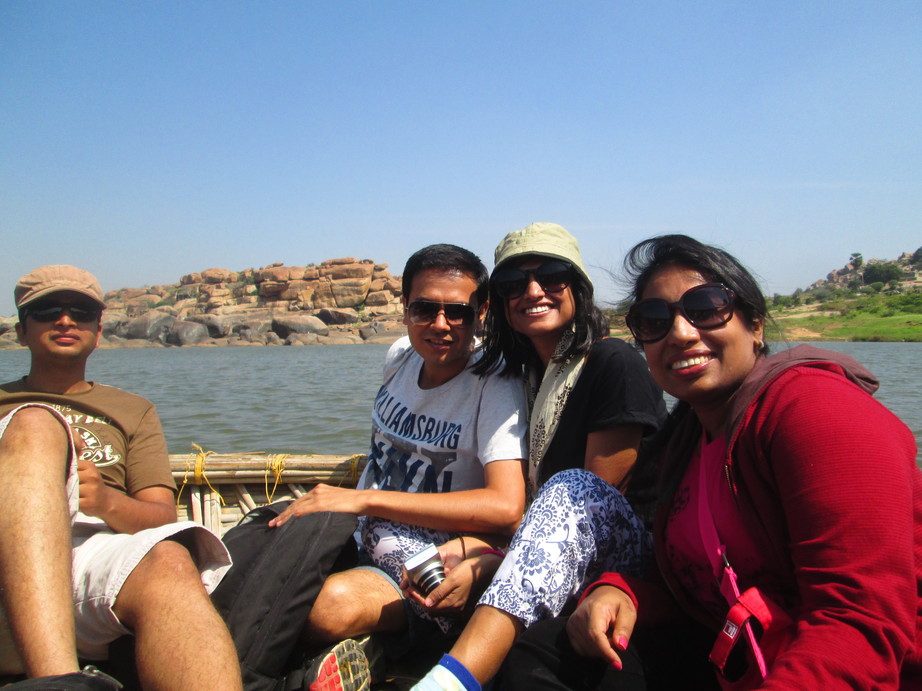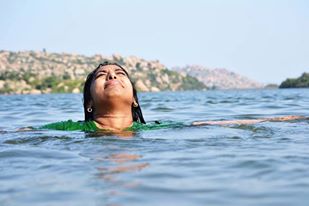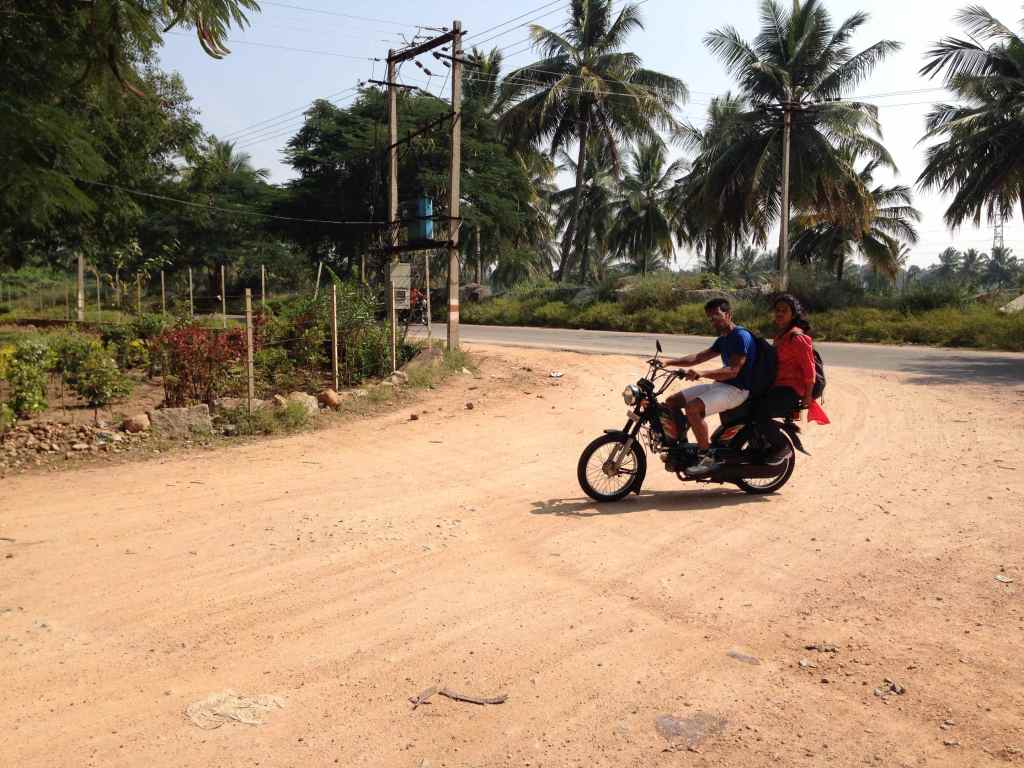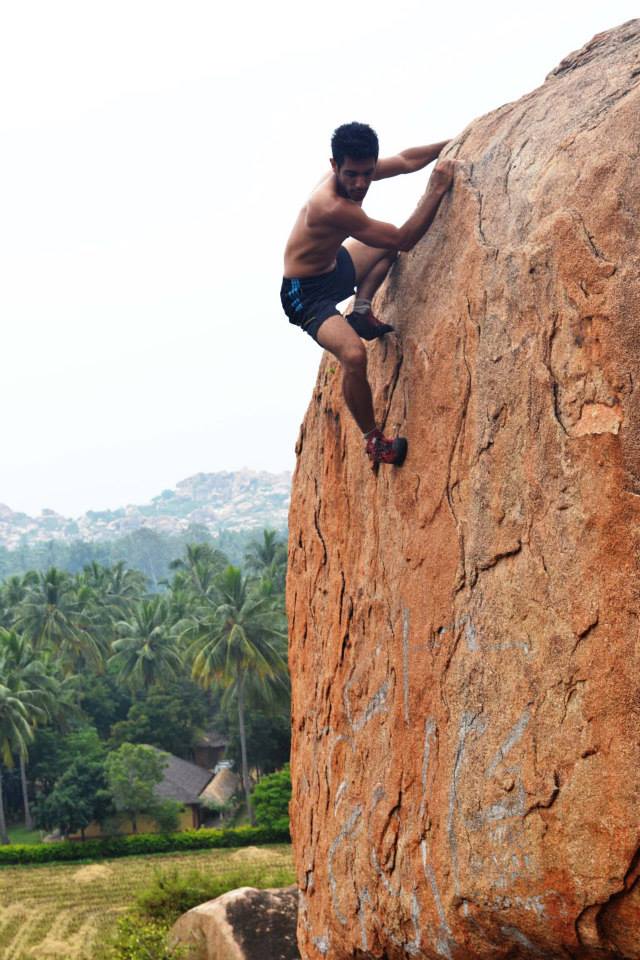The year is 1967. A team of scientists from NASA have descended upon the small insignificant town of Lonar in the Buldhana district of Maharashtra to study the unique crater formed by a meteorite impact, about 52,000 years ago. The principal of the local primary school is asked to depute an ‘English speaking teacher’ who can help the scientists get around. A young teacher, Mr. Sudhakar Bugdane is deputed for this job and thus begins the story of Bugdane Sir, a well known conservationist and the best resource person on everything in Lonar.
On every Breakfree trip we try and meet the local experts and when we visited Lonar last Holi, we made it a point to meet Bugdane Sir. Now, retired from the school after becoming the principal, he devotes all his time to the conservation efforts of Lonar. On weekends, if any group seeks him out then he is more than happy to show them around and not just around the temples of Lonar but also around the lake. He is well versed in the ancient epics and legends surrounding Lonar and explains every little detail in the sculptures that can be spotted on temples. He has amassed a wealth of information – both scientific and mythological surrounding the crater but clearly leans on the former. He dismisses the legends saying they were only created to explain the origin of the crater, for, back then, science was not fully developed.
70 year old Bugdane Sir walks slowly with a stick but narrates the story of Lonar in the most energetic manner. The only government approved guide in the region, he doesn’t charge a fee for his services. One can pay him what you like and nothing at all. The hike down to the lake from the main road can be quite taxing, especially for those who aren’t used to hiking on a regular basis but Sir manages it well, although he gets breathless during the hike up, he refuses to rest and continues to climb until he reaches the top. Meeting passionate people like him is one of the highlights of our travels. In an age where everything is quickly commodified and sold, showing people around the lake and the main town solely for spreading awareness is commendable.
I ask him why he doesn’t send someone else on his behalf to show us around the lake instead of doing the entire hike by himself. He chuckles and says that is a good idea, as it takes a toll on him but he enjoys it too. His family is of course worried but he simply loves coming down by the lake, walking along the shaded pathway, sometimes encountering a python, a hyena or a peacock or just the brahminy ducks that spend their winters at the lake.

It is heartening to know that such selfless people exist. It is also very inspiring to meet them. However, not all value his services. He tells me that certain groups do engage him for the day but don’t pay attention to what he has to say, don’t pay him at all and aren’t helpful during the hike up and down to the lake. But he doesn’t let these bad experiences deter him from what he does best – share the story of Lonar. His short book on Lonar is available everywhere in the town. It is only a surprise that not as many local youth are enthusiastic about the significance of Lonar and although, Bugdane Sir’s efforts at instilling that attitude in the youth seem to be bearing some fruit, it is not entirely relieving. One can only hope, the legacy of Bugdane Sir’s research, conservation and awareness efforts continues to live on.
Photo Courtesy: Niraja Bhagat, Meenal Ce, Raylene Monteiro
Media Mentions of Bugdane Sir: Deccan Herald, Times of India, Sakaal ICAST
Media Mentions of Bugdane Sir: Deccan Herald, Times of India, Sakaal ICAST








